The greatest treasure of Andalusia... its reserves of drinking water
Istan is a small picturesque town located on the slopes of the mountain range Sierra de las Nieves A town of less than one and a half thousand inhabitants. The city dominates the valleys of the river Verde & Molinos, from the upper districts, you can admire great views of the mountain ranges and the dam Embalase de la Concepcion.
History of Istan
Istan was founded during the dominance of Moorish culture in the lands of Andalusia, specifically in the mid-15th century, during the height of conflicts between Christians and Muslims. In those times, the La Torre Escalante was built, serving as a crucial protective structure for the northern territories of Marbella. Today, its remains stand as one of the area's most important tourist attractions.
Important dates include the year 1506 when there was an attempted escape by the moriscos of Istan (the term used for Muslims who converted to Christianity), but near Rio Verde, they were captured by the army... In 1569, the last Muslim rebellion in these lands was suppressed. As a consequence, King Philip II issued an order to completely depopulate the area, followed by resettling Christian families from the regions of Murcia and Extremadura to Istan. Therefore, the inhabitants of Istan, known as istaneños, are also referred to as panochos, a term originating from the language used centuries ago by immigrants from Murcia and its surroundings.
Many places where bloody clashes occurred have been commemorated, recalling stories from centuries past for contemporary residents. Memory plaques can be found at La Plaza de Armas, El Puerto de la Rafriega, and El Tajo Banderas.
Istan undoubtedly owes much to Arab architects, who have left a lasting legacy in the form of numerous gushing fountains throughout the town, providing fresh and potable water. Each fountain is adorned with traditional azulejos, and up until the 1970s, they served as the sole source of drinking water for the residents. The largest among them, Fuente y Lavadero El Chorro, also served as a public laundry facility. The abundance of aquifers beneath Istan has led to the area being referred to as Manantial de la Costa del Sol, meaning the source of the Sun Coast.
What to See in Istan:
- La Iglesia de San Miguel - church from the 16th century, inside you can admire interesting paintings from the 18th century
- La Torre Escalante - symbol of the city. It was built to defend Marbella from the north and is located in the highest part of the town
- La Ermita de San Miguel - San Miguel hermitage, is located in a cave a few kilometers from the historic center of the city, and inside is a statue of the city's patron saint
- El mirador natural del Tajo Banderas, El mirador de la casa de la juventud, El mirador de la calle azufaifo y del peñón - From these vantage points you can enjoy magnificent views of the surrounding mountain ranges, the nearby dam and the rivers meandering below
- El Museo de Agua - The goal of the local water museum is to spread the importance of the water resources of the Sierra de las Nieves mountain park
For fans of wildlife and mountain tramps
Istan is a base for many interesting mountain trails, but not only (take a look at the map of attractions below and reduce the view and you will see marked points worth reaching).
- Nacinamiento del Rio Molinos – an excellent idea for a walk to a lovely place
- Reaching the summit Pico de la Concha (Sierra Blanca) The distinctive mountain known as Pico de la Concha, standing tall at 1215 meters above sea level, is a well-known landmark for the residents of Marbella and its surroundings. It offers exceptional panoramic views, allowing visitors to observe Marbella and its environs, and even catch a glimpse of the coasts of Morocco and Gibraltar on clear days. On the other side, one can behold a series of valleys and mountains stretching inland. Hiking trails lead through expansive forests of chestnut trees, cherry trees, firs, olive trees, and various types of pine. I don't recommend hiking to the summit during the summer season.
Trail from Istan to Pico de la Concha (Sierra Blanca)
- A trip to El castaño santo - An excellent idea for an autumn trip to the woods. Despite the long hike, the sight of the holly chestnut will please any fan of wildlife. The tree has grown 13 meters in circumference during its more than eight hundred years of existence!
What to eat w Istan i okolicach
In this unassuming town, delicious specialties of local cuisine await.
- Sopa de tomate - tomato soup
- Sopa de maíz - corn soup
- Gazpachuelo malagueño – not to be confused with gazpacho, is a type of creamy fish soup, with added seafood, egg, lemon, and potatoes.
- Berza - It's a type of stew based on a mix of vegetables: cabbage, onion, green beans, garlic, and green pepper. All of this with the addition of chorizo and pork, simmered in a tomato sauce.
- Migas - Olive oil fried bread crumbs with vegetables and meat
- Conejo frito - fried rabbit
There are several bars and restaurants in the city, you are sure to find something to suit your taste. I can recommend Restaurante El Barón, offers delicious local cuisine.
Istan is a true oasis amidst the sun-scorched, particularly during the summer, Andalusian landscapes. It's not a place where holiday tourists throng in search of attractions. It's a tranquil place where one can find solace and listen to the sound of gushing water from fountains. Beautiful vistas, cold, delicious water flowing straight from the mountain depths, occasionally adorned with their orange fruits... It's worth a visit to Istan, oh yes, it's definitely worth it...
How to get there?
By bus from Marbella - Official website of the town Click for the timetable

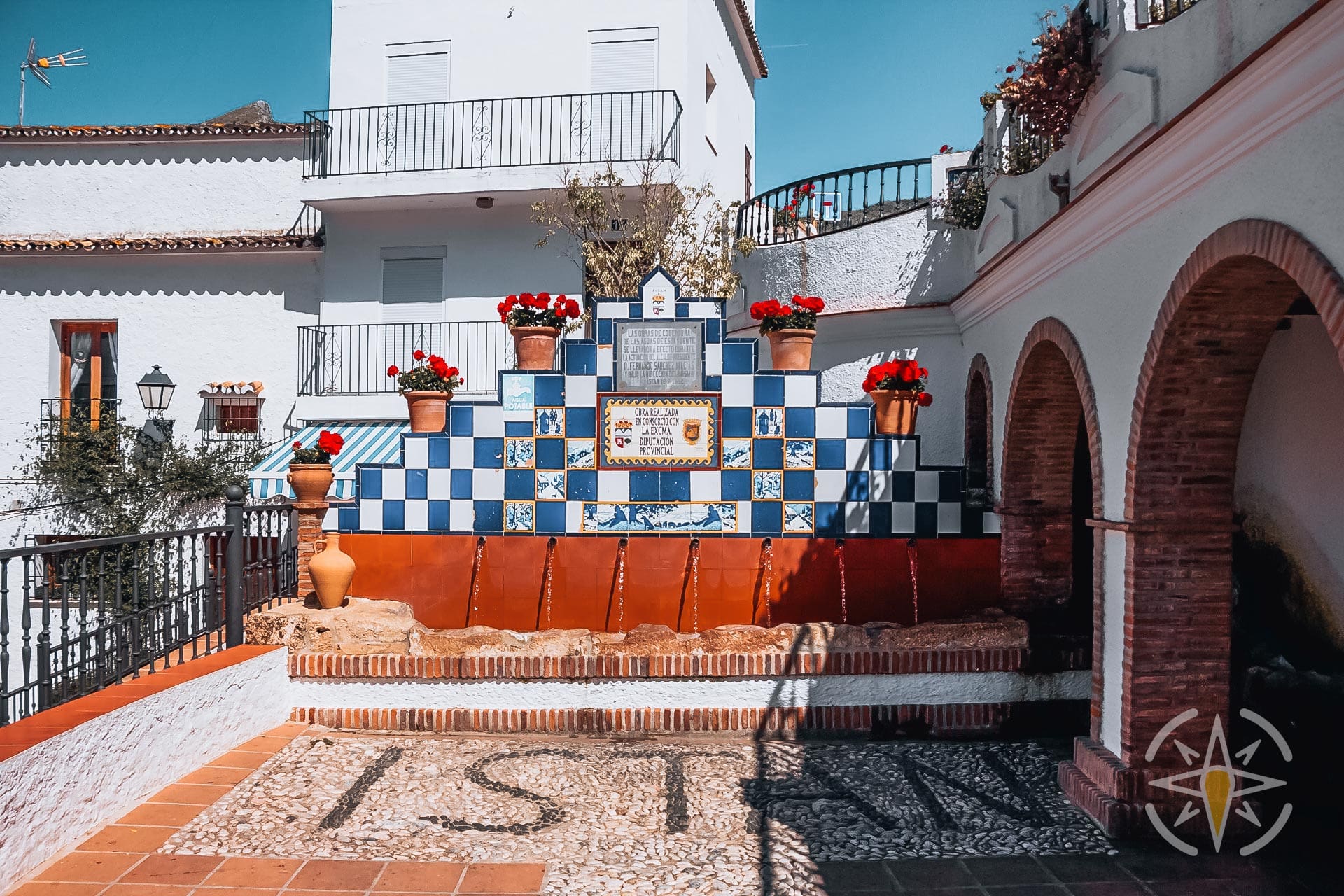
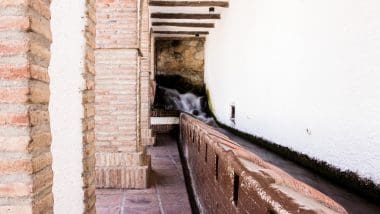
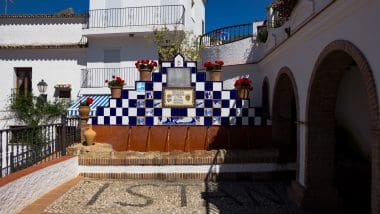
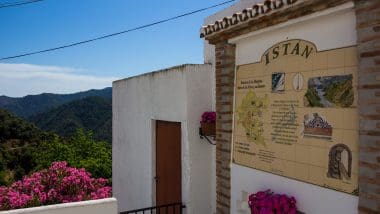
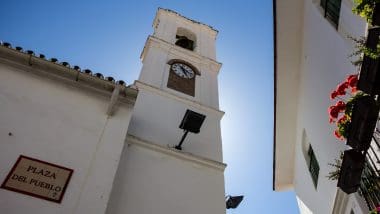

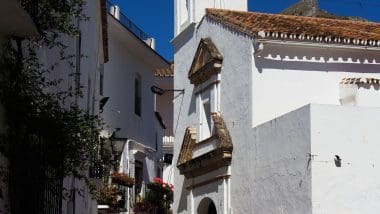
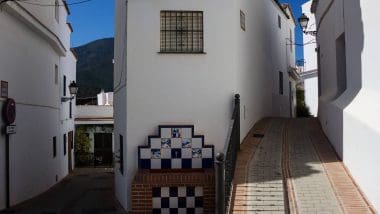
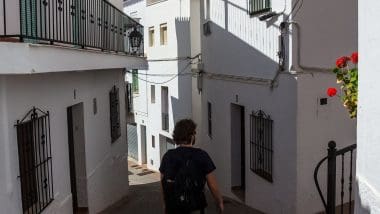
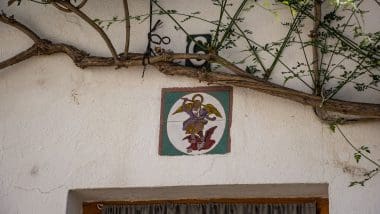

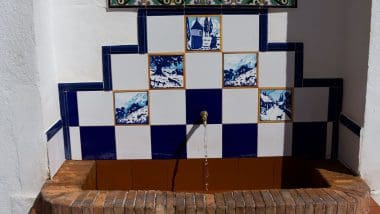
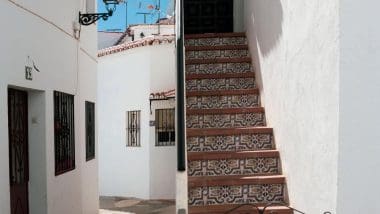
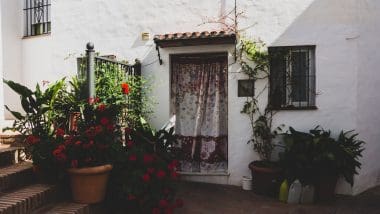
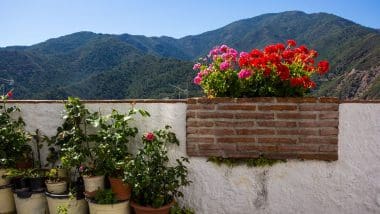
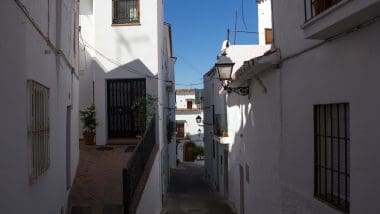
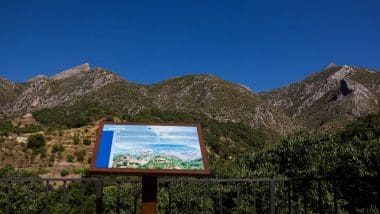
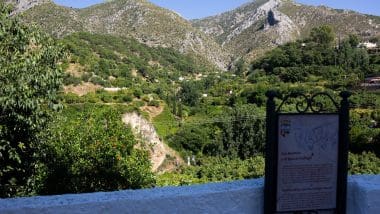
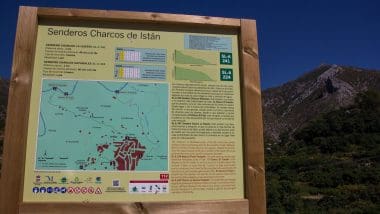
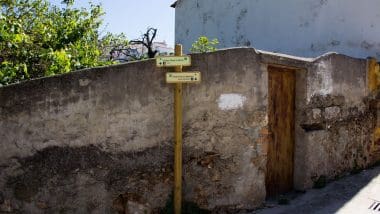
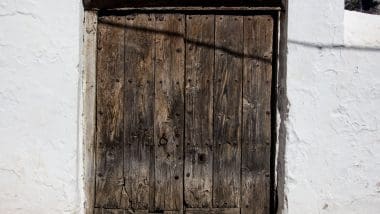
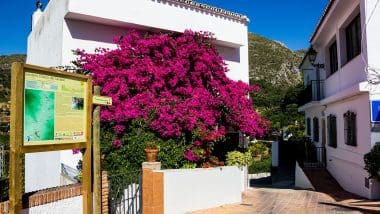
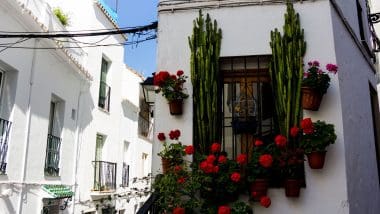
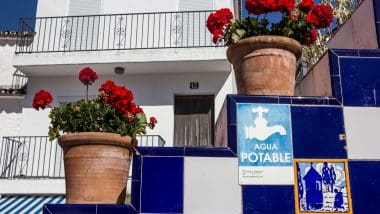
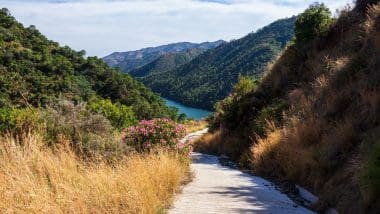
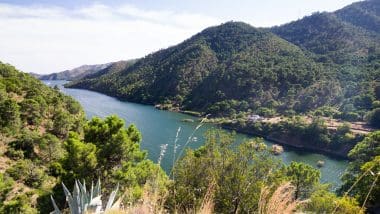
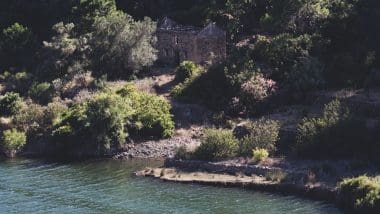
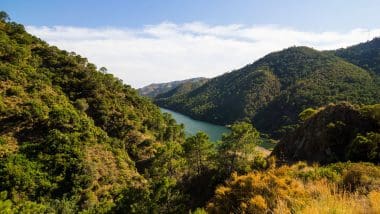
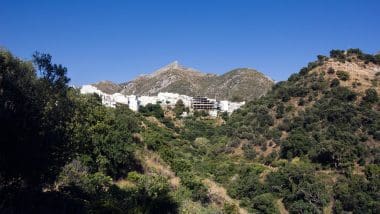
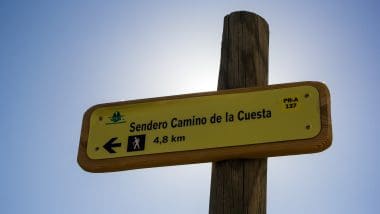
Leave a comment, ask a question...